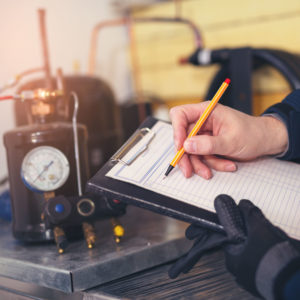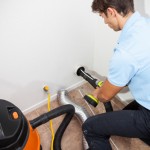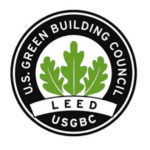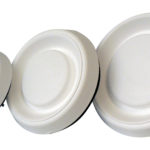 Energy efficiency and resident comfort are critical to the success of your HVAC business. Installing the right equipment, providing sufficient ventilation and protecting the building’s rainscreen are a good start, but you also need to balance the HVAC system. If you plan to grow your HVAC business, consider adding air balancing to your suite of services.
Energy efficiency and resident comfort are critical to the success of your HVAC business. Installing the right equipment, providing sufficient ventilation and protecting the building’s rainscreen are a good start, but you also need to balance the HVAC system. If you plan to grow your HVAC business, consider adding air balancing to your suite of services.
All large commercial building projects require the completion of an air balance report, usually by a certified independent Testing, Adjusting and Balancing (TAB) professional. Fortunately, there are many opportunities for certification. You can be certified by the National Balancing Council (NBC), the National Environmental Balancing Bureau (NEBB) or the Associated Air Balancing Council (AABC).
The certification process is slightly different for each company, and you should research all of them before you make a decision. But the requirements for certification are similar for all programs.
To qualify for certification, a company must:
• Have been in business for one to five years depending on the program
• Submit six reference letters from engineers, architects or building managers
• Own the appropriate testing equipment
• Maintain a membership with the certifying organization
• Have one or more person on staff that meets educational and experience requirements including writing a rigorous exam.
Not all air balancers are HVAC professionals. But, HVAC professionals who are certified TAB professionals are in high demand because jobs go much more smoothly when the TAB professional is also qualified to fix the equipment.
Commercial balancing act
A balance on a new build conducted by a certified TAB technician will start with sealing off the building. Then all of the dampers are closed and readings are taken at every opening in the system. Then dampers are adjusted and measurements are taken at every opening. This process is repeated until optimal airflow has been achieved. At this point, the balancer will lock all of the settings into place.
As buildings age, equipment wears down and dirt can build up, which can knock a system out of balance. Signs that HVAC is out of balance include hot or cold spots, external doors that are hard to open, increased humidity or condensation. When these issues occur, you might be called to service the system.
This is where understanding how to balance the system and owning the right equipment will make your job easier. The balancing process is essentially a system diagnosis. For a full commercial balance, you should have:
- Balancing hood to measure airflow
- Psychrometer to measure atmospheric pressure
- Manometer for air pressure and velocity measurements
- Anemometer for your conversions
Home balancing
A residential balance is the same process as a commercial balance. You’ll want to compare the equipment specs to the actual airflow. With a new build you’ll take readings until you achieve the optimal settings. With a service call on older equipment you will need to troubleshoot as you go, looking for damaged ducts and dirty or worn out equipment.
Whether you are looking at expanding your commercial HVAC business to include TAB certification or you just want to enhance your residential service offerings, it’s well worth your time and money to invest in balancing equipment and training.



